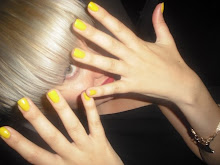
Enough of this Hollyoaks:X-rated, Hollyoaks: STD's, Hollyoaks: The revenge... bullSHIT.
Bring back Bev.
Bring back Ron Dicko.
Bring back the Moby.
Bring back the patio.
Please.







By the end of the 12th century, samurai became almost entirely synonymous with bushi (武士), and the word was closely associated with the middle and upper echelons of the warrior class. The samurai followed a set of rules that came to be known as Bushidō. While they numbered less than 10% of Japan's population[1] samurai teachings can still be found today in both everyday life and in martial arts such as Kendō, meaning the way of the sword.
Click the following for more info:
GNARLYBASTARDS.COM







